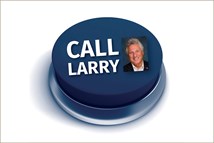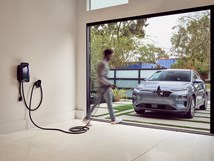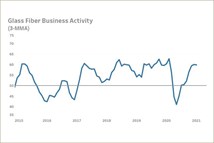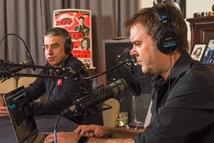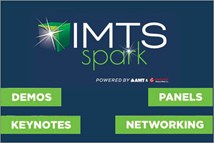Study Finds Mixed Results for Ride-Hailing Impact
The use of ride-hailing services lowers urban parking demand but hikes traffic congestion and discourages other modes of transportation, say University of Colorado researchers.
The use of ride-hailing services results in increased traffic congestion and curbs use of more sustainable mode of transportation—buses, trains, biking and walking—while decreasing urban parking demand, according to a study conducted by researchers from the University of Colorado.
Noting the lack of data from the industry, the researchers conducted the study while driving vehicles for Lyft and Uber over a 14-week period in Denver. They conducted some 300 interviews and gathered data from more than 400 ride-hailing trips during this time.
The researchers found they spent more than 40% of their ride-hailing driving time “deadheading” without passengers, while their average passenger occupancy was 0.8 per mile. This could result in as much as 83% more vehicle miles driven using ride-hailing for the same trip than if such services didn’t exist, according to the study.
One-third of those polled indicated they were using such services in place of public transportation. The stress and hassle of having to find a parking spot near their destination was the second most cited reason for ordering a ride, according to the report.
More than one-fourth of interviewees said they would have driven and parked themselves if ride-hailing wasn’t available As a result, the researchers conclude that ride-hailing services can reduce parking demand within a city, especially near restaurants, bars, shopping areas, event venues and airports. The results were published in the journal Transportation.RELATED CONTENT
-
On Fuel Cells, Battery Enclosures, and Lucid Air
A skateboard for fuel cells, building a better battery enclosure, what ADAS does, a big engine for boats, the curious case of lean production, what drivers think, and why Lucid is remarkable
-
TRW Multi-Axis Acceleration Sensors Developed
Admittedly, this appears to be nothing more than a plastic molded part with an inserted bolt-shaped metal component.
-
Multiple Choices for Light, High-Performance Chassis
How carbon fiber is utilized is as different as the vehicles on which it is used. From full carbon tubs to partial panels to welded steel tube sandwich structures, the only limitation is imagination.



